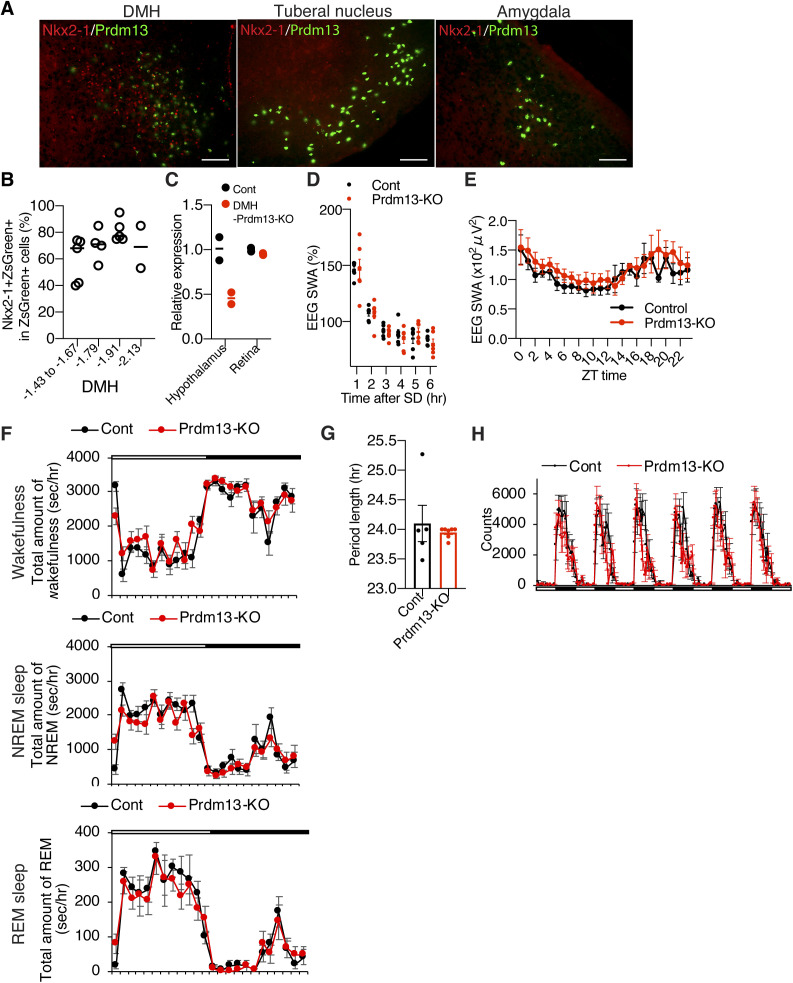Figure S4. DMH-specific Prdm13-knockout mice do not display changes in sleep/wakefulness architecture, period length, and physical activity at young age.
(A) Immunohistochemistry of Nkx2-1 (red) with ZsGreen fluorescence derived from Prdm13-CreERT2 (green) in the DMH, tuberal nucleus, and amygdala. Scale bar indicates 200 μm. (B) Percentage of Nkx2-1+ cells within ZsGreen+ cells in the DMH at bregma −1.43 to −1.67, −1.79, −1.91, and −2.13 mm (n = 2–5). Values are shown as means. (C) Expression of Prdm13 in the hypothalamus and retina of DMH-specific Prdm13-knockout (Prdm13-KO) and control (Cont) mice (n = 2). Values are shown as means. (D) SWA during NREM sleep after SD. Normalized power is relative to the average of the 24-h baseline day each group (n = 6). Values are shown as means ± S.E. (E) SWA in the range of frequencies between 0.5 and 4 Hz during NREM sleep for a 24-h period (n = 5). Normalized power is relative to the average of the 24-h baseline day each group. Values are shown as means ± S.E. (F) Total amount of wakefulness (top), NREM sleep (middle), and REM sleep (bottom) in Prdm13-KO and Cont mice. Open bar indicates light period and filled bar indicates dark period (n = 6). Values are shown as means ± S.E. (G) Period length of Prdm13-KO and Cont mice (n = 5–7). Values are shown as means ± S.E. (H) The level of wheel-running activity in Prdm13-KO and Cont mice for six consecutive days (n = 5–7). Values are shown as means ± S.E.

